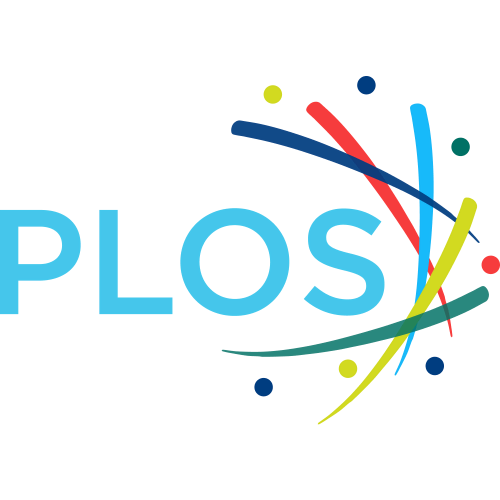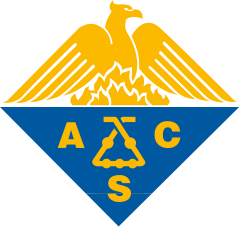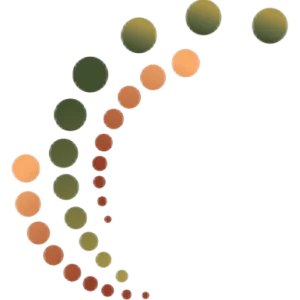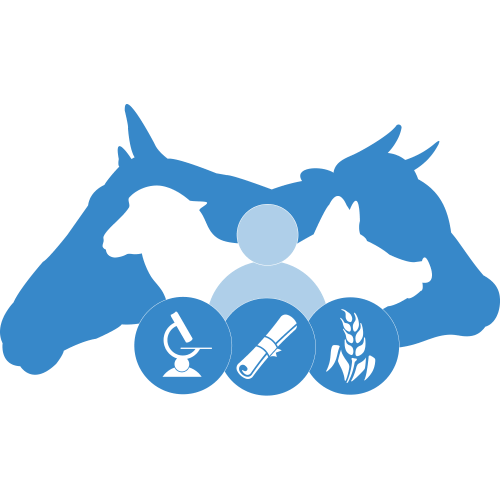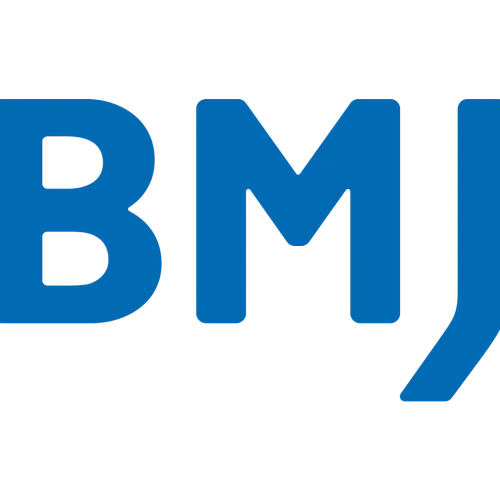Formation of Phenolic and Indolic Compounds by Anaerobic Bacteria in the Human Large Intestine
1
Medical Research Council, Dunn Clinical Nutrition Centre, Hills Road, Cambridge CB2 2DH, United Kingdom, , GB
|
Publication type: Journal Article
Publication date: 1997-04-01
scimago Q1
wos Q1
SJR: 1.011
CiteScore: 7.6
Impact factor: 4.0
ISSN: 00953628, 1432184X
PubMed ID:
9115181
Ecology, Evolution, Behavior and Systematics
Soil Science
Ecology
Abstract
Batch culture incubations were used to investigate the effects of pH (6.8 or 5.5) and carbohydrate (starch) availability on dissimilatory aromatic amino acid metabolism in human fecal bacteria. During growth on peptide mixtures, tyrosine and phenylalanine fermentations occurred optimally at pH 6.8, while individual metabolic reactions were inhibited by up to 80% in the presence of 10 g l−1 starch. Tryptophan metabolites were not detected in these experiments. When free amino acids replaced peptides, phenol production was increased during carbohydrate fermentation, although formation of p-cresol, another tyrosine metabolite was strongly inhibited. Phenylpropionate, which is produced from phenylalanine, was unaffected by starch. Tryptophan was fermented in these studies, although indole production was reduced in the starch fermentors. The importance of different fermentation substrates (casein, peptide mixtures, free amino acids) on aromatic amino acid metabolism was investigated in incubations of material taken from the proximal bowel. The phenylalanine metabolites, phenylacetate and phenylpropionate, were the principal phenolic compounds formed from all three substrates. Phenol was the major tyrosine metabolite produced in casein and peptide fermentations, while hydroxyphenylpropionate was a more important tyrosine product from free amino acids. Indole was the sole product of tryptophan metabolism, but was formed only from the free amino acid. Bacterial metabolism of individual phenolic and indolic compounds was also investigated. Phenol, p-cresol, phenylacetate, phenylpropionate, 4-ethylphenol, indole, indoleacetate, and indolepropionate were not metabolized by colonic bacteria. However, hydroxyphenylacetate was hydrolyzed to p-cresol, while hydroxyphenylpropionate was transformed into phenylpropionate. Indolepyruvate was either converted to indoleacetate or metabolized into indole. Indolepropionate, and to a lesser degree indoleacetate were produced from indolelactate. These data show that human colonic anaerobes are able to extensively degrade either free or peptide-bound aromatic amino acids, with the concomitant formation of toxic metabolic products. These processes are controlled to a significant degree by environmental factors such as pH and carbohydrate availability, and this ultimately influences the types and amounts of fermentation products that can be formed in different regions of the large bowel.
Found
Nothing found, try to update filter.
Top-30
Journals
|
1
2
3
4
5
6
7
|
|
|
Scientific Reports
7 publications, 3.52%
|
|
|
PLoS ONE
6 publications, 3.02%
|
|
|
Journal of Proteome Research
5 publications, 2.51%
|
|
|
Gut Microbes
5 publications, 2.51%
|
|
|
Probiotics and Antimicrobial Proteins
3 publications, 1.51%
|
|
|
European Journal of Nutrition
3 publications, 1.51%
|
|
|
Trends in Food Science and Technology
3 publications, 1.51%
|
|
|
Frontiers in Nutrition
3 publications, 1.51%
|
|
|
Journal of Nutrition
2 publications, 1.01%
|
|
|
Nutrients
2 publications, 1.01%
|
|
|
Molecules
2 publications, 1.01%
|
|
|
International Journal of Molecular Sciences
2 publications, 1.01%
|
|
|
Metabolites
2 publications, 1.01%
|
|
|
Toxins
2 publications, 1.01%
|
|
|
Frontiers in Immunology
2 publications, 1.01%
|
|
|
Microbiome
2 publications, 1.01%
|
|
|
Nature Microbiology
2 publications, 1.01%
|
|
|
Metabolomics
2 publications, 1.01%
|
|
|
Journal of Breath Research
2 publications, 1.01%
|
|
|
Journal of Renal Nutrition
2 publications, 1.01%
|
|
|
International Journal of Food Microbiology
2 publications, 1.01%
|
|
|
Pharmacological Research
2 publications, 1.01%
|
|
|
Proteomics
2 publications, 1.01%
|
|
|
Journal of Agricultural and Food Chemistry
2 publications, 1.01%
|
|
|
Food and Function
2 publications, 1.01%
|
|
|
Italian Journal of Animal Science
2 publications, 1.01%
|
|
|
FEMS Microbiology Reviews
2 publications, 1.01%
|
|
|
Letters in Applied Microbiology
2 publications, 1.01%
|
|
|
Advances in Experimental Medicine and Biology
2 publications, 1.01%
|
|
|
1
2
3
4
5
6
7
|
Publishers
|
5
10
15
20
25
30
35
40
|
|
|
Elsevier
36 publications, 18.09%
|
|
|
Springer Nature
35 publications, 17.59%
|
|
|
Taylor & Francis
17 publications, 8.54%
|
|
|
MDPI
17 publications, 8.54%
|
|
|
Wiley
17 publications, 8.54%
|
|
|
Frontiers Media S.A.
11 publications, 5.53%
|
|
|
American Chemical Society (ACS)
8 publications, 4.02%
|
|
|
Oxford University Press
7 publications, 3.52%
|
|
|
Public Library of Science (PLoS)
6 publications, 3.02%
|
|
|
Royal Society of Chemistry (RSC)
4 publications, 2.01%
|
|
|
Cold Spring Harbor Laboratory
4 publications, 2.01%
|
|
|
American Society for Microbiology
3 publications, 1.51%
|
|
|
American Society for Pharmacology and Experimental Therapeutics
2 publications, 1.01%
|
|
|
American Society for Nutrition
2 publications, 1.01%
|
|
|
S. Karger AG
2 publications, 1.01%
|
|
|
SAGE
2 publications, 1.01%
|
|
|
IOP Publishing
2 publications, 1.01%
|
|
|
Cambridge University Press
2 publications, 1.01%
|
|
|
American Physiological Society
2 publications, 1.01%
|
|
|
Proceedings of the National Academy of Sciences (PNAS)
2 publications, 1.01%
|
|
|
American Academy of Pediatrics
1 publication, 0.5%
|
|
|
Microbiology Society
1 publication, 0.5%
|
|
|
Scientific Research Publishing
1 publication, 0.5%
|
|
|
American Society of Nephrology
1 publication, 0.5%
|
|
|
Wageningen Academic Publishers
1 publication, 0.5%
|
|
|
American Society of Animal Science
1 publication, 0.5%
|
|
|
BMJ
1 publication, 0.5%
|
|
|
Japanese Association for Laboratory Animal Science
1 publication, 0.5%
|
|
|
Journal of Odor and Indoor Environment
1 publication, 0.5%
|
|
|
5
10
15
20
25
30
35
40
|
- We do not take into account publications without a DOI.
- Statistics recalculated weekly.
Are you a researcher?
Create a profile to get free access to personal recommendations for colleagues and new articles.
Metrics
199
Total citations:
199
Citations from 2024:
29
(14%)
Cite this
GOST |
RIS |
BibTex |
MLA
Cite this
GOST
Copy
Smith E. A., Macfarlane G. T. Formation of Phenolic and Indolic Compounds by Anaerobic Bacteria in the Human Large Intestine // Microbial Ecology. 1997. Vol. 33. No. 3. pp. 180-188.
GOST all authors (up to 50)
Copy
Smith E. A., Macfarlane G. T. Formation of Phenolic and Indolic Compounds by Anaerobic Bacteria in the Human Large Intestine // Microbial Ecology. 1997. Vol. 33. No. 3. pp. 180-188.
Cite this
RIS
Copy
TY - JOUR
DO - 10.1007/s002489900020
UR - https://doi.org/10.1007/s002489900020
TI - Formation of Phenolic and Indolic Compounds by Anaerobic Bacteria in the Human Large Intestine
T2 - Microbial Ecology
AU - Smith, E. A.
AU - Macfarlane, G. T.
PY - 1997
DA - 1997/04/01
PB - Springer Nature
SP - 180-188
IS - 3
VL - 33
PMID - 9115181
SN - 0095-3628
SN - 1432-184X
ER -
Cite this
BibTex (up to 50 authors)
Copy
@article{1997_Smith,
author = {E. A. Smith and G. T. Macfarlane},
title = {Formation of Phenolic and Indolic Compounds by Anaerobic Bacteria in the Human Large Intestine},
journal = {Microbial Ecology},
year = {1997},
volume = {33},
publisher = {Springer Nature},
month = {apr},
url = {https://doi.org/10.1007/s002489900020},
number = {3},
pages = {180--188},
doi = {10.1007/s002489900020}
}
Cite this
MLA
Copy
Smith, E. A., and G. T. Macfarlane. “Formation of Phenolic and Indolic Compounds by Anaerobic Bacteria in the Human Large Intestine.” Microbial Ecology, vol. 33, no. 3, Apr. 1997, pp. 180-188. https://doi.org/10.1007/s002489900020.




